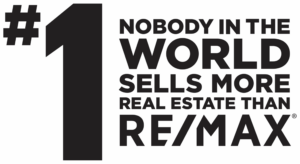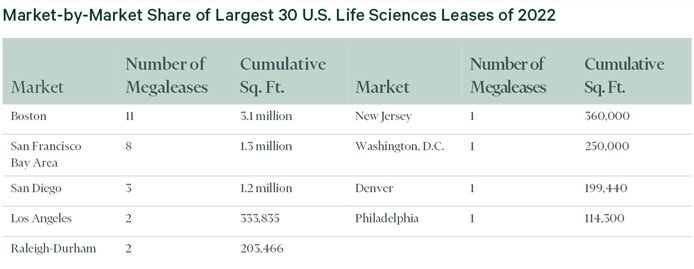According to a new report from CBRE, several metrics point to the U.S. life sciences industry and the real estate that houses it proving resilient during the current economic slowdown. Among those factors: a growing total of clinical trials for new drugs, persistent job growth, more federal funding, and ample cash reserves for the industry’s larger companies.
These factors and others will influence the rapidly growing market for life sciences real estate. CBRE forecasts that cumulative square footage of lab space in the largest 13 U.S. life sciences markets, already having expanded by 47% in the past five years, will increase by another 22% within the next two years to 220 million sq. ft. as projects currently under construction are completed. Nearly a third of that space under construction is pre-leased.
That’s not to say the life sciences sector is immune to the economic slowdown. Recent turmoil in the banking sector is likely to hamper venture capital funding this year for startup life sciences and tech companies. Initial public offerings by life sciences companies have fallen off. Job growth for life sciences professions slowed to a 4.1% gain in January 2023 from 6.4% a year prior. And U.S. lab vacancy rose to 5.7% in last year’s fourth quarter from 5.1% in the third, though it remains low relative to many other real estate sectors.
Increase in Clinical Trials
Other indicators, especially in drug discovery and development, point to more growth for life sciences. Globally, the number of clinical trials increased to 444,567 by March 2023, up 36% from 2020, according to the U.S. National Library of Medicine. In the U.S., the number of new Phase 2 and 3 clinical trials – when life sciences companies most often expand their operations – ramped up over the past decade to exceed 3,000 in each of the past three years.
“The life sciences industry and the broader economy have hit choppy waters in recent months, but the industry’s most important gauge – the product pipeline – signals sustained, underlying growth,” said Matt Gardner, CBRE’s Americas Life Sciences Leader. “Many metrics have receded from their 2020 and 2021 highs, but they’re still above their pre-pandemic levels. There is a lot of promising science in the works to propel this industry forward once the lending environment settles.”
Additional indicators: Annual funding from the National Institutes of Health has risen by 62% in the past decade, including an increase to $47.5 billion this year from $45.2 billion last. And U.S. life sciences companies had a cumulative $200 billion in cash reserves last year, a decline from the previous three years but still higher than 2018 and before. That capital could be a resource for mergers and acquisitions of smaller biotech companies.
Real Estate Impact
Despite these tailwinds, lab vacancy is likely to rise further in many markets due to new construction.
“Greater availability of lab space will provide relief for occupiers in markets like Boston, the San Francisco Bay Area, and San Diego, where available space has been scarce for many years,” said Ian Anderson, CBRE Senior Director of Research.
CBRE’s report includes an analysis of the largest 30 U.S. life sciences leases of 2022, illustrating a concentration of big leases in the traditional life sciences hubs but also several in additional markets.


